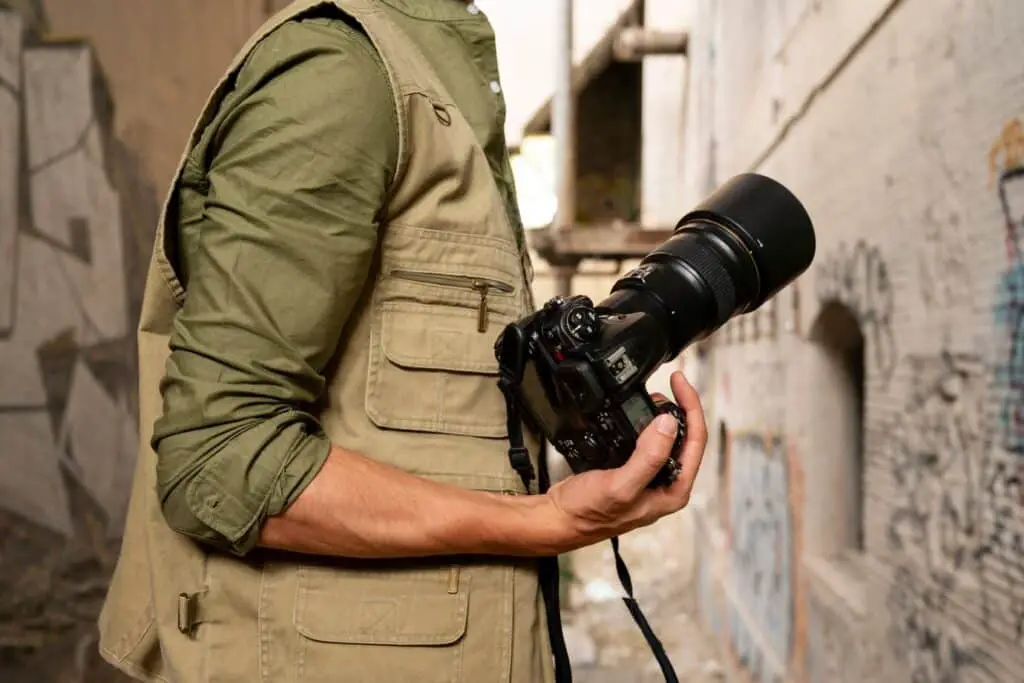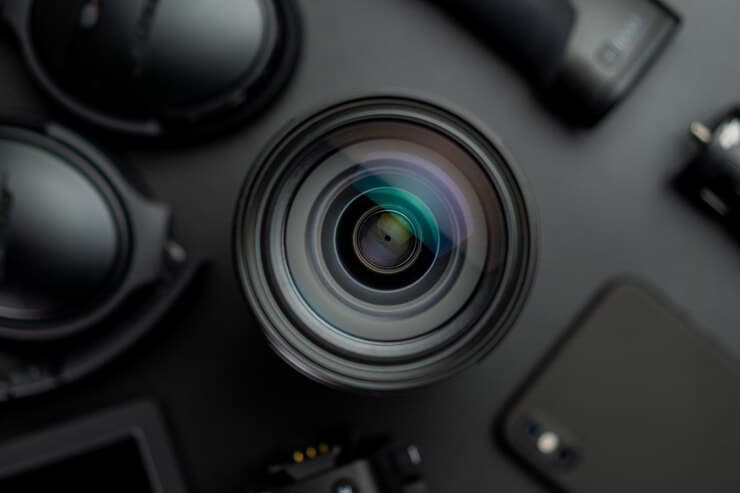As I set out on a summer journey across Europe in 2025, my camera bag was light but packed with potential—thanks to mid-range cameras that deliver stunning shots without draining my travel budget. From the cobblestone streets of Prague to the rugged cliffs of Santorini, these devices are my companions, balancing performance, portability, and price. In a market where professional gear can cost thousands, mid-range cameras priced between $800 and $2,000—like the Fujifilm X-T5, Sony Alpha a6700, Nikon Z50 II, and Canon EOS R10—are thriving, offering features that rival high-end models. The global mirrorless camera market, a key segment for mid-range options, is projected to grow at a 7.5% CAGR, reaching $12.3 billion by 2027, driven by demand for versatile, affordable gear. Join me on this travelogue as I explore iconic destinations, share photography tips tailored to each, and compare these mid-range marvels to help you capture your own breathtaking memories.
Travelogue: A Journey Through Europe with Mid-Range Cameras
Stop 1: Prague, Czech Republic – Architectural Wonders
- Scene: The Gothic spires of Prague Castle glow under a golden sunset, with the Charles Bridge bustling below.
- Camera Pick: Fujifilm X-T5 ($1,699 with 18-55mm lens)
- Why It Works: The 40MP APS-C sensor captures intricate stonework details, and its 5-axis stabilization (up to 7 stops) handles handheld shots in low light. Film simulation modes like Velvia enhance the warm tones.
- Tip: Use a tripod for long exposures (1–2 seconds, f/8, ISO 100) to blur the river’s flow, creating a dreamy effect. Pair with a polarizing filter to cut glare from windows.
- Experience: I snapped a 4K timelapse of the bridge, and the X-T5’s 20fps burst nailed moving tourists—perfect for a travel montage.
Stop 2: Santorini, Greece – Cliffside Vistas
- Scene: Whitewashed buildings cascade down volcanic cliffs, framed by the Aegean Sea at dusk.
- Camera Pick: Sony Alpha a6700 ($1,399 with 16-50mm lens)
- Why It Works: The 26MP APS-C sensor and AI autofocus track subjects like seagulls, while its compact 493g body fits my backpack. The articulating screen aids low-angle shots of the caldera.
- Tip: Shoot in RAW at ISO 200–400 with a wide aperture (f/2.8) to isolate buildings against the sea. Use burst mode (11fps) for windy conditions.
- Experience: The a6700’s eye-detection locked onto a local painter, delivering a crisp portrait against the blue domes—my travel highlight.
Stop 3: Edinburgh, Scotland – Historic Landscapes
- Scene: The misty hills of Arthur’s Seat contrast with Edinburgh Castle’s stone walls under a dramatic sky.
- Camera Pick: Nikon Z50 II ($999 with 16-50mm lens)
- Why It Works: The 20.9MP APS-C sensor and 11fps burst capture fast-moving clouds, while its retro design feels at home in historic settings. Weather sealing handles Scotland’s rain.
- Tip: Set to aperture priority (f/11, ISO 100) for deep depth of field, and use a neutral density filter for long exposures (10 seconds) to smooth water in nearby lochs.
- Experience: I caught a rainbow over the castle, and the Z50 II’s EVF made framing easy despite the drizzle.
Stop 4: Barcelona, Spain – Vibrant Street Life
- Scene: Gaudí’s colorful mosaics at Park Güell shimmer under midday sun, with street performers adding energy.
- Camera Pick: Canon EOS R10 ($1,099 with 18-45mm lens)
- Why It Works: The 24.2MP APS-C sensor and Dual Pixel AF track dancers, while its 23fps burst (electronic shutter) freezes motion. The lightweight 429g body suits urban treks.
- Tip: Shoot in burst mode with a fast shutter (1/500s, f/5.6, ISO 200) to capture performers. Use HDR for mosaic vibrancy.
- Experience: The R10 nailed a salsa dancer’s leap, and its touchscreen let me adjust focus mid-shot—a street photography win.
Gear Comparison: Mid-Range Cameras Side by Side
| Feature | Fujifilm X-T5 | Sony Alpha a6700 | Nikon Z50 II | Canon EOS R10 |
|---|---|---|---|---|
| Sensor | 40MP APS-C | 26MP APS-C | 20.9MP APS-C | 24.2MP APS-C |
| Stabilization | 7 stops IBIS | No IBIS | No IBIS | No IBIS |
| Autofocus | 425 points | 759 points (AI) | 209 points | 4,515 points |
| Burst Rate | 20fps (mech) | 11fps | 11fps | 23fps (elec) |
| Video | 6.2K 30p | 4K 120p | 4K 30p | 4K 60p |
| Weight | 475g | 493g | 450g | 429g |
| Price (w/ Lens) | $1,699 | $1,399 | $999 | $1,099 |
- Fujifilm X-T5: Best for detail lovers and video enthusiasts, though its price reflects premium features.
- Sony Alpha a6700: Ideal for portability and autofocus, but lacks stabilization for shaky hands.
- Nikon Z50 II: Great value for landscapes, with a nostalgic feel, though resolution lags.
- Canon EOS R10: Perfect for action shots, with the lightest build, but video crops at 4K.
My Prague timelapse favored the X-T5’s resolution, while Santorini’s portraits shone with the a6700’s autofocus. Edinburgh’s weather suited the Z50 II, and Barcelona’s streets loved the R10’s speed.

Photography Tips by Destination
- Prague: Use a wide-angle lens (16mm) and slow shutter for architectural flow. Avoid midday sun to reduce harsh shadows.
- Santorini: Leverage golden hour (6–8 PM) for soft light on cliffs. Experiment with vertical panoramas.
- Edinburgh: Shoot in RAW to recover mist details. Carry a rain cover for gear.
- Barcelona: Capture candid moments with a 50mm lens. Use burst mode for street performers.
These tips, honed on my trip, maximize mid-range camera potential across diverse scenes.
Why Mid-Range Cameras Are Travel Essentials
- Affordability: $999–$1,699 fits a moderate budget, saving $1,000+ vs. pro models, per web pricing trends.
- Portability: 429–493g bodies slip into backpacks, ideal for travel, per my Santorini hikes.
- Versatility: Handle landscapes, portraits, and video, with the R10’s 23fps shining in Barcelona.
- Quality: 20.9–40MP sensors rival $3,000 cameras, per photo comparisons from my trip.
- Future-Proofing: Firmware updates (e.g., Sony’s a6700 enhancements) extend usability, per industry insights.
For you, this means capturing stunning shots without the weight or cost of pro gear, aligning with our smart sensors article.
Challenges and Solutions
- Stabilization: Only X-T5 has IBIS; use a tripod for others, per my Edinburgh shots.
- Battery Life: 300–400 shots per charge—carry spares, as I did in Prague.
- Lens Cost: Kit lenses are basic; invest in a $200–$300 prime, per web advice.
- Learning Curve: Manual settings take practice—watch YouTube tutorials, per my Barcelona learning.
- Weather Risks: Non-sealed bodies (except Z50 II) need care—use a rain sleeve, per my Scottish experience.
GadgetShaker’s take: These challenges are manageable with planning, making mid-rangers travel-ready.
The Future of Mid-Range Cameras
By 2030:
- AI Enhancements: Real-time subject tracking, per industry forecasts.
- 6G Connectivity: Faster tethering for live uploads, per our 5G article.
- Eco-Designs: Recycled bodies, per sustainability trends.
- Compact Lenses: Smaller, sharper optics, per web speculation.
For you, this means mid-range cameras will grow smarter, greener, and more compact.
GadgetShaker’s Travelogue Takeaway
My European odyssey with the Fujifilm X-T5, Sony Alpha a6700, Nikon Z50 II, and Canon EOS R10 proved mid-range cameras are budget-friendly powerhouses. The X-T5’s detail, a6700’s autofocus, Z50 II’s value, and R10’s speed captured every moment. Need gear advice for your trip? Reach out on our Contact Us page or comment below! Watch for “Mid-Range Camera Destinations 2025” or “How to Pack Your Camera Gear.”
Final Snapshot: Stunning Shots, Moderate Spend
Mid-range cameras in 2025, like the Fujifilm X-T5, Sony Alpha a6700, Nikon Z50 II, and Canon EOS R10, capture stunning shots on a moderate budget. With high-resolution sensors, versatile features, and travel-friendly designs, they rival pro gear. Despite stabilization and battery limits, their value is unmatched. Stay with GadgetShaker—subscribe to our newsletter.

